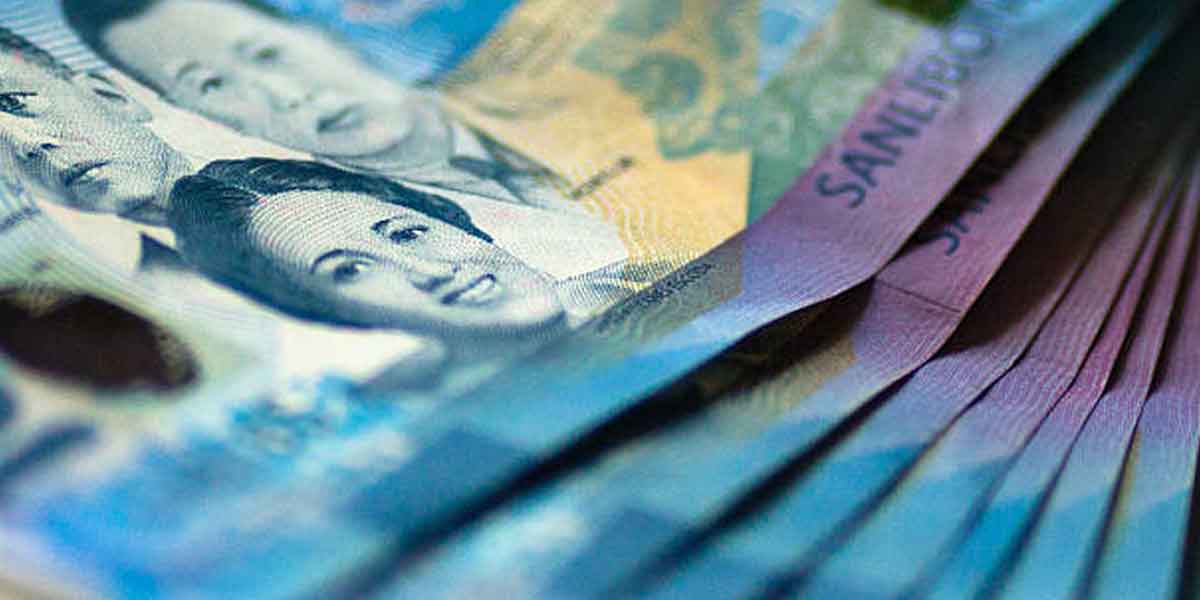 By Modesto P. Sa-onoy
By Modesto P. Sa-onoy
Today is the feast day of San Sebastian, the patron saint of the Diocese of Bacolod, the city being the seat, cathedra, of the diocese. There are other parishes and towns that have adopted San Sebastian as their patron. He is a popular saint in Spain, the reason we have so many towns and parishes that honor him
I have written much about him through the years but a few months ago, a friend asked why he was chosen as Bacolod’s patron saint but now the city does not celebrate his feast day as towns do when it is the feast day of their patron saint. The fiesta is so-called because it is the day of the patron saint and the town celebrates to honor and seek more protection from him. But why not the Bacolod City government?
Indeed, because the city does not celebrate, the feast of San Sebastian is limited to the religious aspect – novena Masses prior to the feast day, a Mass and a procession. Some years ago, there were other activities but years later even these activities that mark his fiesta, are gone and the commemoration is limited to the bare minimum. Even the veneration and kissing of his relics no longer take place after the Mass.
The earliest mention of San Sebastian as a patron saint of Bacolod is a certification from Rome, written in Latin, testifying that the relic that accompanied the letter was authentic. The certification, dated September 15, 1767, was sent to the Iglesia de Bacolod. The earliest mention of the existence of this village as Magsungay is 1734. This means that it existed long before that year considering that it was already included in the Philippine map of 1734. It takes a long time for maps to be made.
Several years ago, I found the Himno de San Sebastian from the records of the Augustinian Sisters of La Consolacion College, Bacolod. It was intended for the piano and was dated 1927. I compared the hymn in Hiligaynon sung during the novena and fiesta of San Sebastian with the old original Spanish I heard first in 1954. The Hiligaynon song did not match the lyrics of the earlier version. I showed the composition to, I believe Fr. Joevic Lemoncito, and told him the discrepancy and he asked for a Hiligaynon translation. I did and this is the version now being sung on his novena and fiesta, both the original Spanish and right Hiligaynon translation.
It was in that original song that I learned that he was called, “nuestro seguro y firmer protector”. Indeed, he was Bacolod’s true and constant protector. There are several instances in the history of the city that attests to St. Sebastian’s assistance in moments of grave danger. In fact, I believe that the adoption of San Sebastian as the patron saint of Magsungay, the original name of Bacolod, was inspired by the life of this saint who was a Roman soldier, a centurion, who died for the faith and the periodic Moro raids.
There are records that some residents or the faithful of Bacolod were referred to as feligress de San Sebastian de Magsungay as differentiated from feligress de Bacolod.
After the residents of Bacolod were consolidated in 1828 by their transfer to the present site, this distinction disappeared and all the faithful were identified merely as from pueblo de Bacolod.
During the American colonial period, the local governments were asked to decide when their fiesta would be celebrated. The reason for this is that towns under the control of the anti-Catholics or non-believers, celebrated three fiestas: one by the town’s choice and the other two by the Aglipayans and the Catholics, both churches having the same patron saint. The town choice is on some historic date, like the creation of their town.
In 1910, local governments were required to choose their fiesta date. Bacolod had a good debate on this issue, but the municipal council decided to adopt January 20 as their fiesta. Along the years, this choice was challenged, proposing November 6, June 19, and December 30. All ended in favor of January 20 and funds were appropriated for the celebration.
The annual Masskara Festival that started in 1980 diverted the city’s focus – the entertainment took over. The city government no longer need San Sebastian as its protector.





















